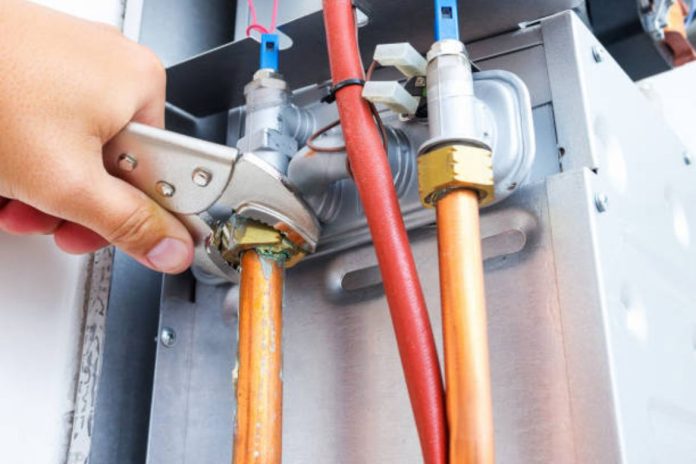Installing a new heating system in your home is a significant investment, one that ensures comfort and warmth during the chilly months. Whether you’re upgrading an old system or installing one for the first time, understanding the key steps involved in a professional heating system installation is crucial. From planning to final testing, each stage plays a vital role in ensuring efficiency, safety, and longevity of your heating system.
1. Initial Assessment and Planning
The journey to a successful heating system installation begins with a thorough assessment of your home’s heating needs. A professional HVAC technician will evaluate factors such as the size of your home, existing ductwork, insulation levels, and your heating preferences. Based on this assessment, they will recommend the most suitable heating system that meets both your comfort requirements and energy efficiency goals.
2. Choosing the Right Heating System
With advancements in heating technology, homeowners now have a variety of options to choose from, including furnaces, boilers, heat pumps, and radiant heating systems. Each type has its advantages and is suitable for different heating needs and budgets. Your HVAC technician will help you weigh these options and select the best system for your home.
3. Calculating Load Requirements
To ensure optimal performance and energy efficiency, the HVAC technician will perform load calculations. This involves determining the heating load, which considers factors like insulation, windows, doors, and even the orientation of your home. Proper load calculations ensure that your heating system is neither undersized, which would lead to insufficient heating, nor oversized, which could result in unnecessary energy consumption.
4. Installation Preparation
Before installation begins, the technician will prepare the site and gather all necessary equipment and materials. This may include removing old equipment, if applicable, and ensuring that the installation area is clean and accessible. Proper preparation helps streamline the installation process and minimizes disruptions to your daily routine.
5. Installation Process
The actual installation of the heating system involves several precise steps:
- Ductwork or Piping Installation: For forced-air systems like furnaces or heat pumps, ductwork installation is crucial. It involves routing ducts from the heating unit to various rooms in your home. Alternatively, radiant heating systems require careful installation of piping beneath the floors or within walls.
- Unit Placement and Connection: The heating unit itself is installed according to manufacturer specifications. This includes connecting electrical components, fuel lines (if applicable), and ensuring proper ventilation for combustion systems.
- Thermostat Installation: A new heating system often includes a thermostat upgrade or installation. Modern thermostats offer programmable settings and smart features that enhance energy efficiency and comfort.
6. Testing and Calibration
Once the heating system is installed, thorough testing and calibration are essential. The technician will run the system through various cycles to ensure all components are functioning correctly. This includes checking for proper airflow, measuring temperature differentials, and verifying that the system operates within optimal performance parameters.
7. Demonstration and User Education
Before concluding the installation, the technician will demonstrate how to operate the new heating system effectively. They will explain basic maintenance tasks that homeowners can perform to keep the system running smoothly. Additionally, they will provide information on warranty coverage and contact details for future service needs.
8. Final Inspection and Cleanup
A professional heating system installation includes a final inspection to verify compliance with local building codes and manufacturer guidelines. Any debris or packaging materials from the installation process are removed, leaving your home clean and ready for comfortable living.
Conclusion
A professionally installed heating system not only enhances your home’s comfort but also improves energy efficiency and reduces maintenance costs in the long run. Whether you’re in need of a new heating system or upgrading an existing one, prioritizing professional installation ensures optimal performance and peace of mind.
For expert heating installation services in Melbourne, trust the experts at heating installation Melbourne. Contact us today to schedule your consultation and start enjoying a warmer, more comfortable home this winter season.








